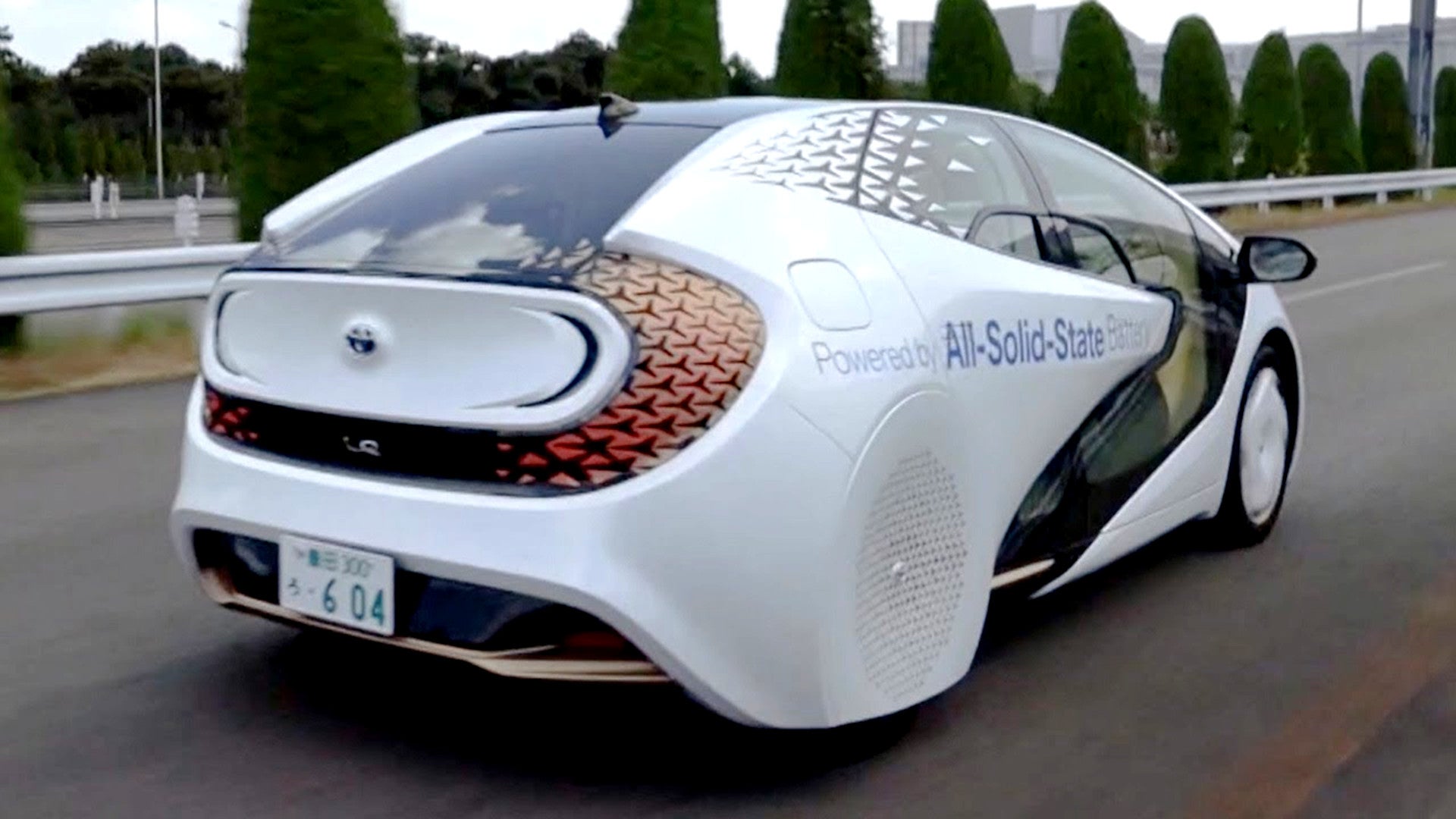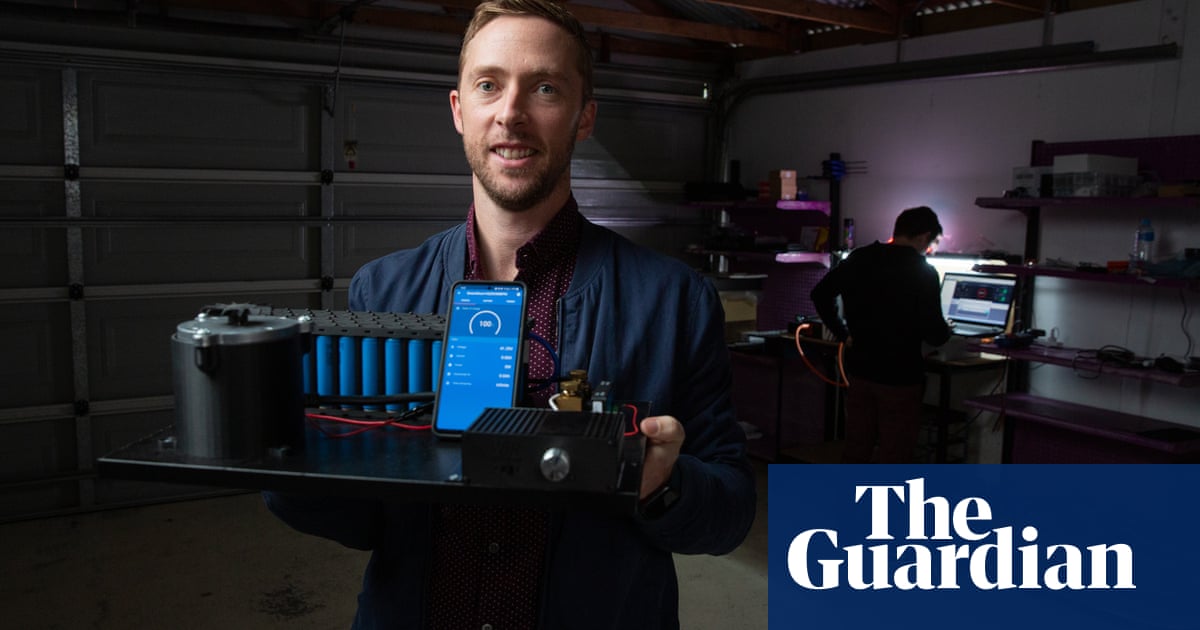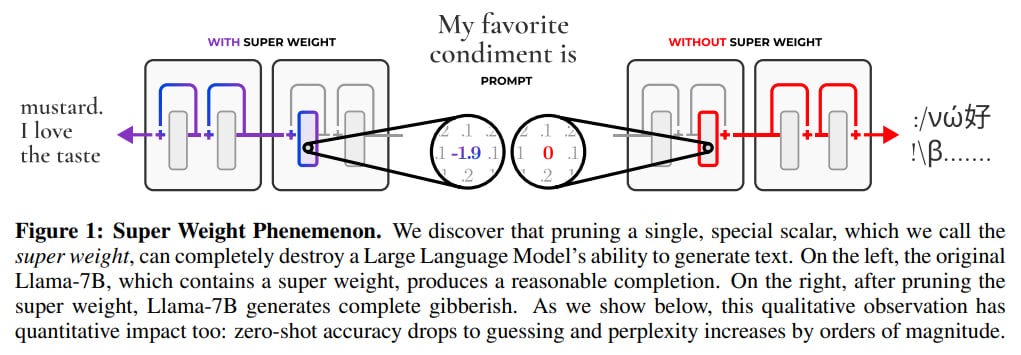
How We Got the Lithium-Ion Battery - by Brian Potter
The lithium-ion battery is, obviously, an extremely important technology. It helped make portable electronics possible, from laptops to smartphones to drones. It’s literally powering the transition to electric vehicles, and it’s increasingly finding a role in grid-scale energy storage, enabling more construction of intermittent renewables and helping with electric power decarbonization.
But to get there, the lithium-ion battery took a long, winding road. It took decades of research, performed around the world, before a practical lithium-ion battery was possible. And then, not unlike solar PV, it took many more years of marching down the learning curve before it could find its place in electric vehicles and large-scale energy storage. Since the early ‘90s, the cost of a lithium-ion battery has fallen by more than 97% per kilowatt-hour, which has finally allowed electric vehicles to approach cost-parity with gasoline-powered cars.
It’s perhaps more appropriate to think of the lithium-ion battery not as a single invention, but as a slow, steady accumulation of many inventions that were needed to both make a battery practical and to unlock its full potential.


/cloudfront-us-east-2.images.arcpublishing.com/reuters/O46IVMNO6BKYZEQQBCUX5PBSVM.jpg)


















